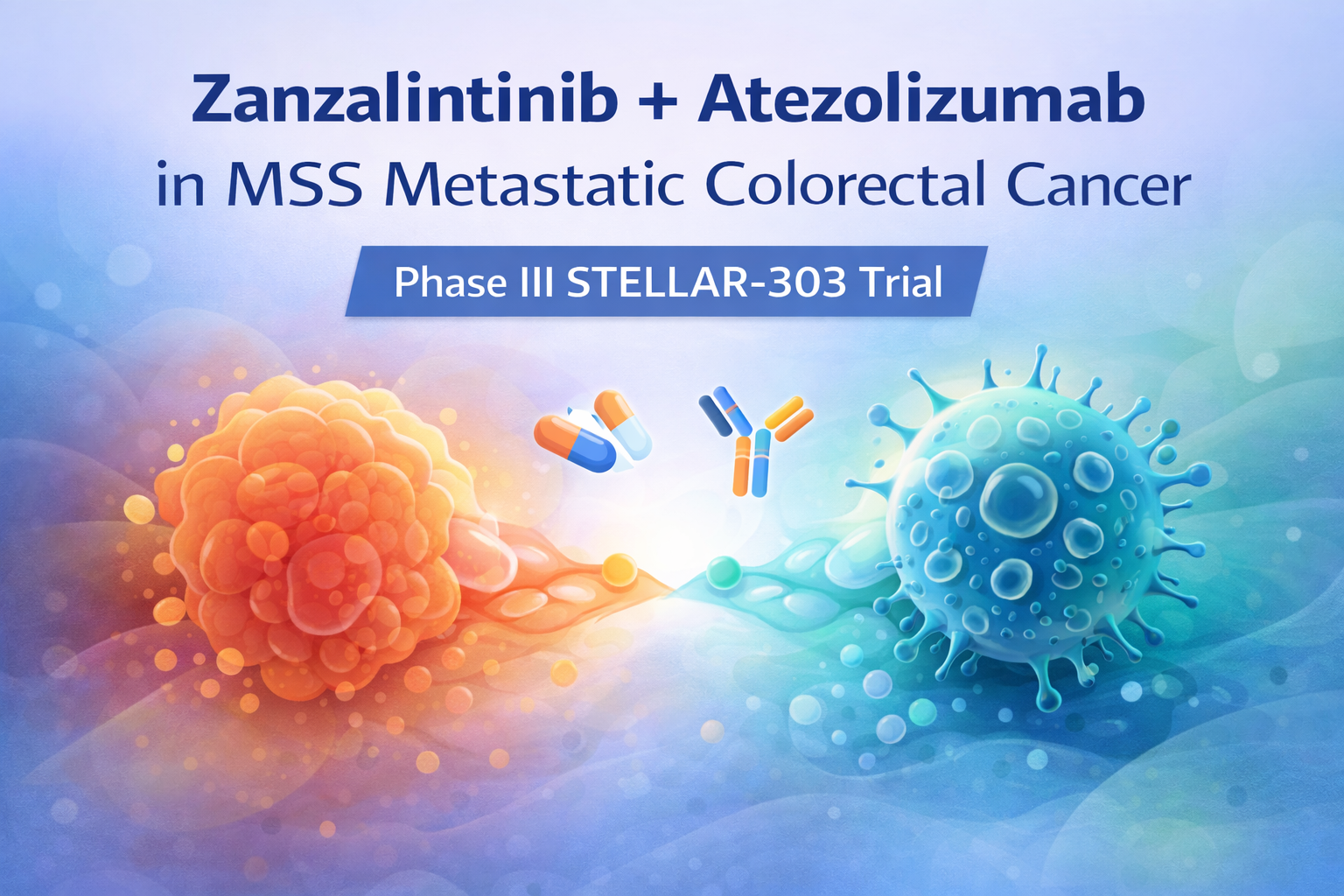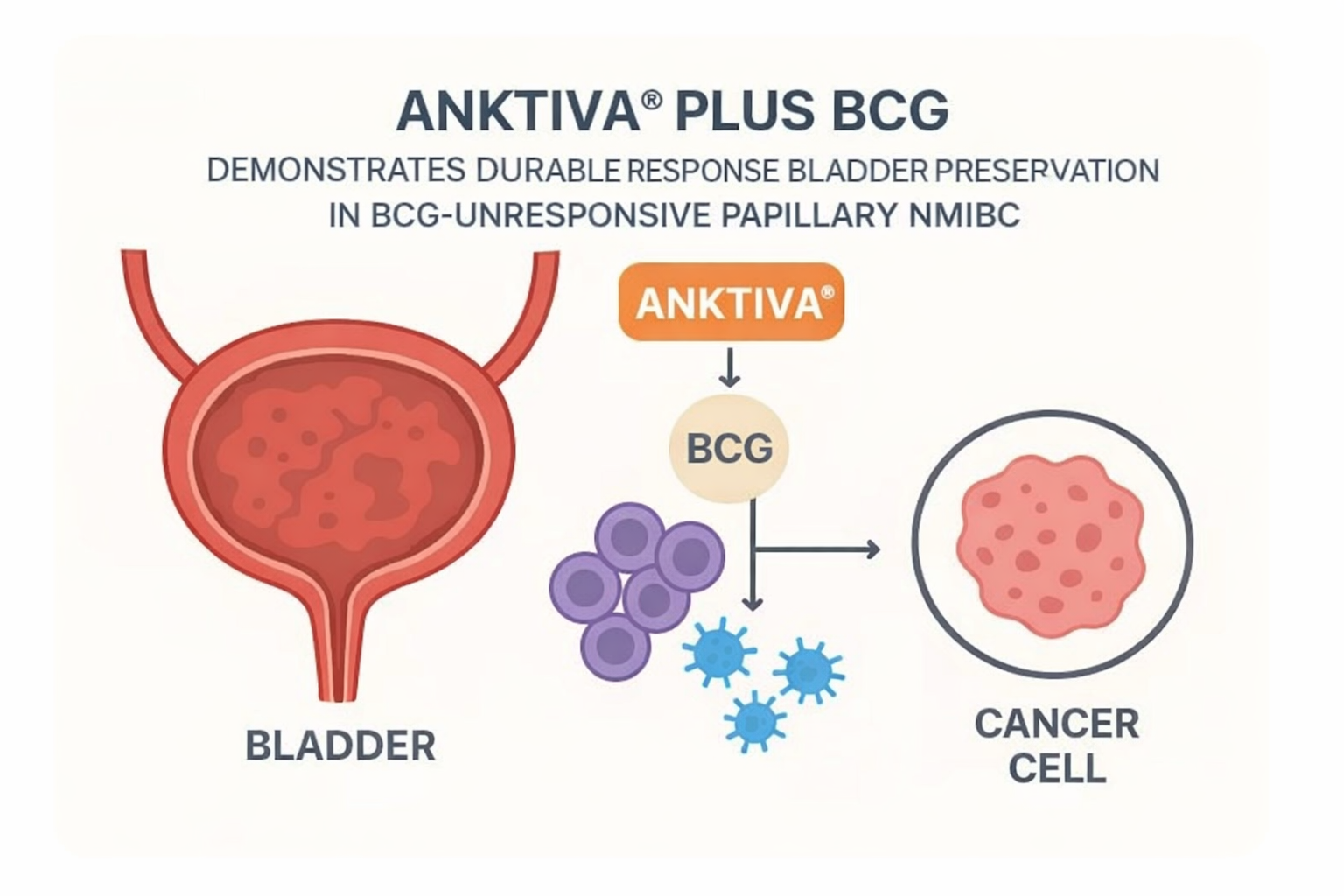

Histology drives screening effectiveness more than individual risk factors, with adenocarcinoma and other non-small cell lung cancers showing 17.8-35.5% mortality reduction while small-cell carcinoma benefits least (9.7-11.3% reduction). Relaxing smoking-related eligibility criteria may improve screening effectiveness by capturing more patients with favorable histologies.

Study Design & Population
- Study Type: Comparative analysis of two major randomized controlled trials
- Sample Size: 68,213 total participants (NELSON: 14,808; NLST: 53,405)
- Population: High-risk smokers meeting trial-specific criteria
- Methods: Traditional subgroup analyses, predictive modeling, and machine learning approaches
- Follow-up: 10 years (NELSON), 7 years (NLST)
Key Findings
Overall Screening Effectiveness
- NELSON: 27.2% lung cancer mortality reduction (95% CI: 10.8-40.9%)
- NLST: 15.3% lung cancer mortality reduction (95% CI: 3.7-25.5%)
- Estimates consistent across all analytical methodologies
Risk Factor-Based Variations
- Pack-years: Effectiveness decreases with higher exposure
- Lowest groups: 26.8-50.9% mortality reduction
- Highest groups (>50 pack-years): 5.5-9.5% mortality reduction
- Smoking Status: Former smokers benefit more than current smokers
- Former smokers: 37.8-39.1% mortality reduction
- Current smokers: 16.1-22.7% mortality reduction
- Sex: Women show consistently better outcomes
- Women: 24.6-25.3% mortality reduction
- Men: 8.3-24.9% mortality reduction
Histology-Specific Effectiveness
- Adenocarcinoma: 17.8-23.0% mortality reduction (consistent across trials)
- Other lung cancers: 24.5-35.5% mortality reduction
- Small-cell carcinoma: 9.7-11.3% mortality reduction
- Squamous-cell carcinoma: Discordant results
- NELSON: 52.2% mortality reduction (95% CI: 25.7-69.1% decrease)
- NLST: 27.9% mortality increase (95% CI: 69.8% increase to 4.5% decrease)
Mechanistic Insights
- Risk factor variations primarily explained by histology distribution within groups
- Groups with higher screening effectiveness had greater prevalence of adenocarcinoma
- Lower screening effectiveness groups had higher prevalence of small-cell carcinoma
Clinical Implications
- Eligibility Expansion: 2021 USPSTF recommendations to lower pack-year requirements and ACS recommendations to relax smoking cessation timeframes may improve screening effectiveness
- Patient Counseling: Histology-driven effectiveness patterns support individualized screening discussions
- Program Design: Smoking cessation integration may enhance screening benefits through multiple pathways
- Population Targeting: Geographic areas with heavy smoking populations may see lower-than-expected effectiveness
Limitations
- Trial Differences: NELSON used no-screening control vs. NLST’s chest radiography control
- Follow-up Duration: Analysis limited to 4-4.5 years post-screening for comparison
- Treatment Evolution: Limited targeted therapy/immunotherapy use during trial periods
- Population Representation: Trial participants healthier than typical screening-eligible population
- Histology Classification: Potential misclassification, though sensitivity analyses showed minimal impact




